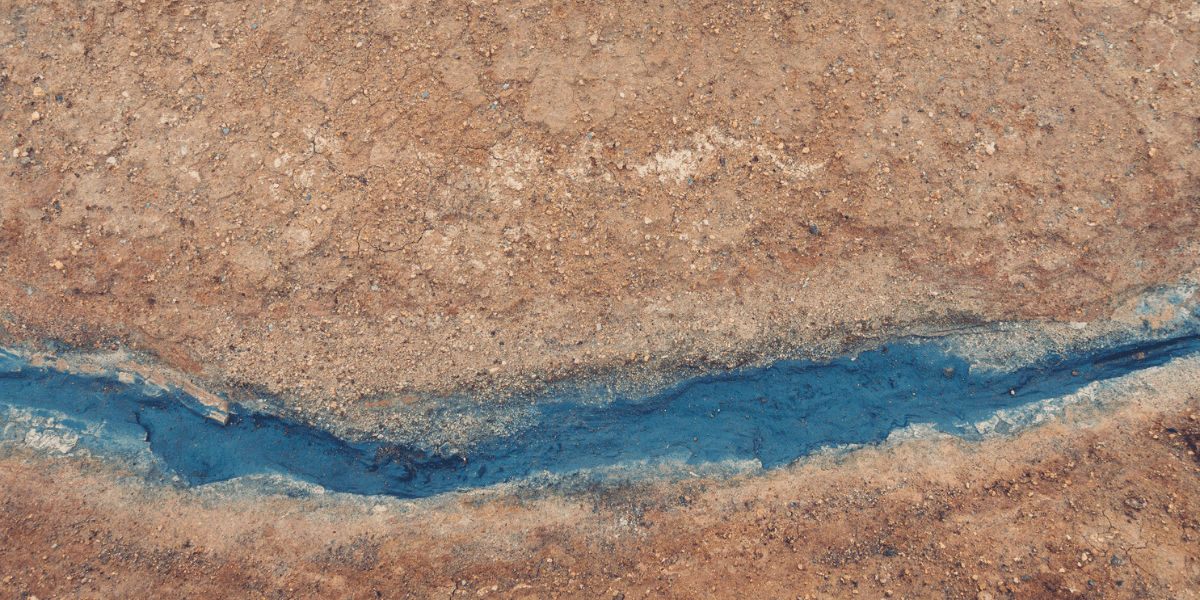
The Hverir area in Iceland, known for its geothermal landscapes, is a key example of subsurface energy systems that AI research aims to improve, including geothermal energy and CO₂ storage. Photo/iStock.
Environmental scientists have amassed reams of data about the Earth’s surface and the vastness of its atmosphere.
As for the subterranean world?
Not nearly as much.
A new research project co-led by USC Viterbi’s Thomas Lord Department of Computer Science Professor Yan Liu aims to better understand and predict how water, carbon dioxide (CO₂), and energy move underground, which is critical for safe CO₂ storage, water management, and improving sustainable energy recovery.

PI Yan Liu and co-PI Behnam Jafarpour.
For instance, the results of the study could help scientists tackle such critical challenges as the safe underground storage of CO₂, a chemical compound that drives shifts in Earth’s energy balance.
CO₂ storage, also known as carbon capture and storage (CCS), is a process whereby carbon dioxide (CO₂) emissions from industrial sources or power plants are captured before they enter the atmosphere and then stored underground in geological formations, like depleted oil and gas fields or deep saline aquifers.
“CO₂ capture and storage is one of the grand challenges in geoscience, and our work has the potential to offer major breakthrough solutions to the accurate prediction of CO₂ storage,” said Liu, principal investigator of the study.
“Our work has the potential to offer major breakthrough solutions to the accurate prediction of CO₂ storage.” Yan Liu.
The research project also could aid in groundwater management and geothermal energy recovery, among other applications, added Liu, also a professor of electrical and computer engineering and biomedical sciences.
For example, she said, geoscientists would be able to better identify suitable storage reservoirs, predict their responses to development and operation strategies, and characterize important rock flow and transport properties.
Leveraging strengths
Liu is teaming up on the study with co-principal investigator Behnam Jafarpour, professor of chemical engineering and material science, electrical and computer engineering, and civil and environmental engineering.
The research project will employ a machine learning tool to solve some of the mysteries occurring below ground.
The three-year study, “Advancing Subsurface Flow and Transport Modeling with Physics-Informed Causal Deep Learning Models,” is supported by the U.S. National Science Foundation as part of its Collaborations in Artificial Intelligence and Geosciences (CAIG) program.
“Collaboration between geoscientists and computer scientists is essential.” Behnam Jafarpour
“Collaboration between geoscientists and computer scientists is essential for advancing subsurface flow and transport modeling by harnessing recent breakthroughs in AI and machine learning,” Jafarpour said. “The key lies in seamlessly integrating reliable domain knowledge and physical principles with AI algorithms to develop innovative technologies that leverage the strengths of both fields.”
A ‘paradigm shift’
Rocks, fractures, and fluids interact in a complex way below Earth’s surface, making it difficult to predict their behavior.
In particular, rock deposits form intricate structures and layers often exhibit complex fluid flow patterns in subsurface environments. Predicting the dynamics of the emerging flow patterns in complex geologic formations is paramount for managing the development of underlying resources.
By combining physical science and data that will be generated by an AI deep-learning model called PINCER (Physics-Informed Causal Deep Learning Models), Liu and Jafarpour hope to create a way to better capture and predict subsurface flow and transport dynamics.
The study launched in mid-September 2024 and is estimated to last through Aug. 31, 2027.
“PINCER presents a paradigm shift from traditional data-driven approaches or model-based techniques to a hybrid solution that combines the benefits of both methods,” an abstract of the study explains. “(It) advances geoscience research by developing more efficient and robust modeling and prediction of fluid flow and transport processes in subsurface environments.”
A clearer picture
As Liu explained, simulation systems have been used for decades to predict the subsurface flow dynamics, “but these models have their limitations,” she said. She explained that they rely heavily on highly uncertain inputs and are based on simplified descriptions of the underlying physics.
The new AI tool will build up the dataset from what is now a small amount of data, she said.
With a clearer picture of the underground dynamics, identifying suitable sites for underground CO₂ storage, for example, will become less of a guessing game, thus reducing the risk of accidental leaks due to unanticipated movements of subterranean materials.
Standard AI tools rely heavily on large training datasets and may produce predictions that deviate from the governing principles of subsurface flow systems, according to Jafarpour.
“The hope is that customized solutions like PINCER can help mitigate these limitations by enhancing physical consistency and reducing the data requirements of AI models,” he said.
AI techniques in geosciences
Two other USC studies were funded in the NSF grant package, one involving paleoclimatology and the other earthquake dynamics.
The NSF aims to advance the development and implementation of innovative AI techniques in geosciences to help better understand extreme weather, solar activity, earthquake hazards, and more.
The CAIG grants, announced in August 2024, require the collaboration of geoscientists, computer scientists, mathematicians, and others.
Liu and Jafarpour had received seed funding from the USC Ershaghi Center for Energy Transition to start their collaboration in this important area.
Published on July 9th, 2025
Last updated on July 9th, 2025













